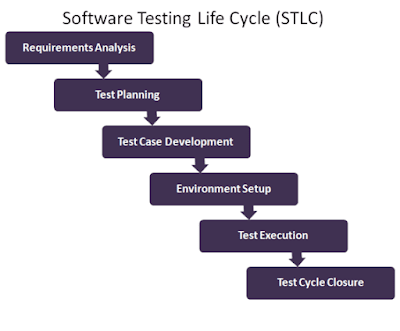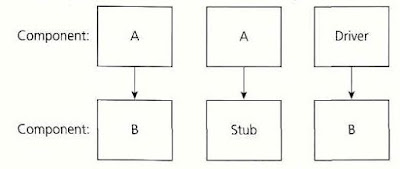What is Software Testing?
Software testing is a process of executing a program or application with the intent of finding the software bugs . It can also be stated as the process of validating and verifying that a software program or application or product: Meets the business and technical requirements that guided it’s design and development Works as expected Can be implemented with the same characteristic. Let’s break the definition of Software testing into the following parts: 1) Process: Testing is a process rather than a single activity. 2) All Life Cycle Activities: Testing is a process that’s take place throughout the Software Development Life Cycle (SDLC) . The process of designing tests early in the life cycle can help to prevent defects from being introduced in the code. Sometimes it’s referred as “verifying the test basis via the test design ” . The test basis ...



